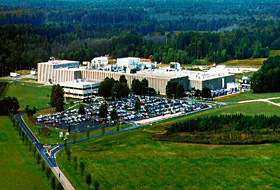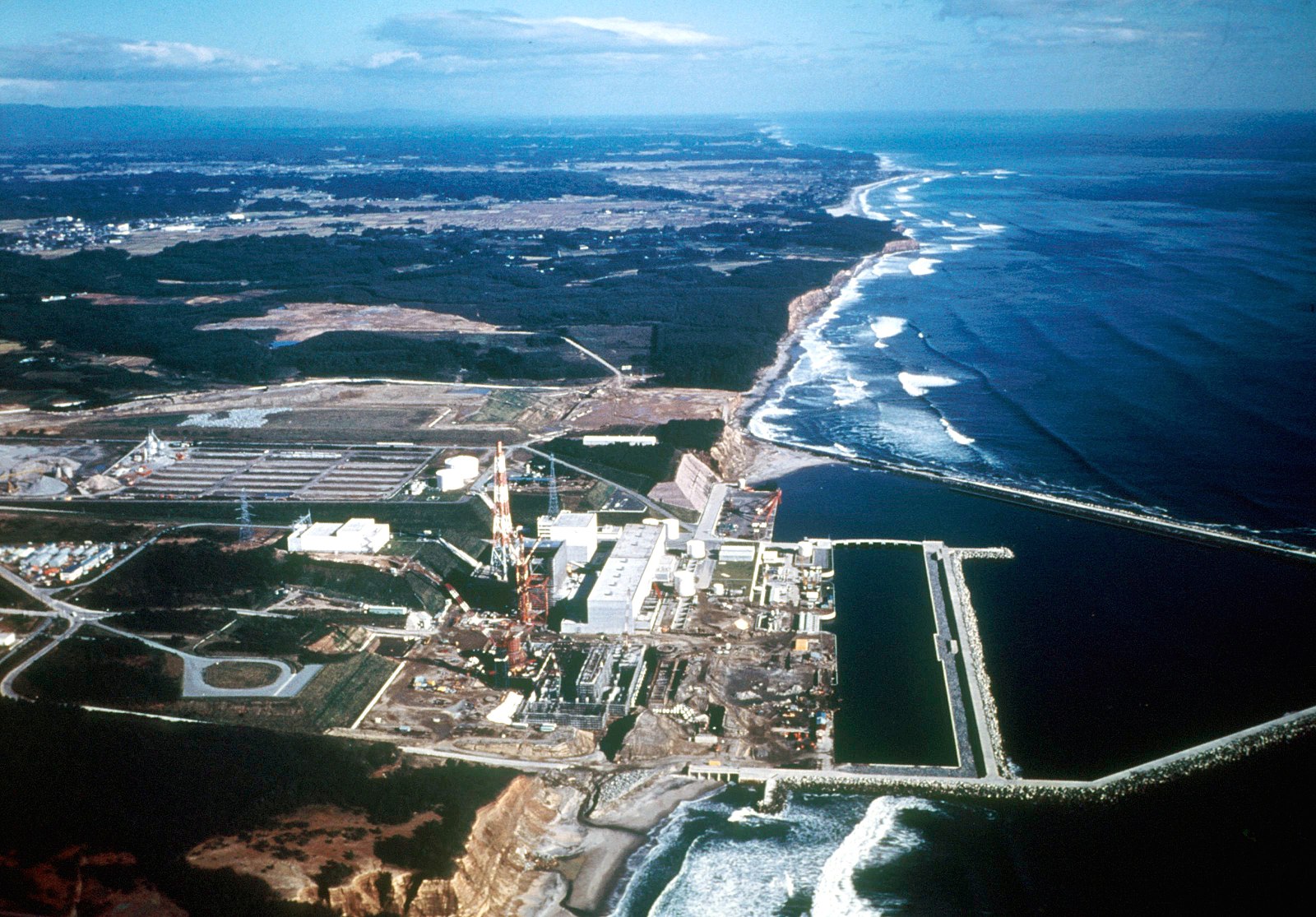The Nucleotidings Blog
The Nucleotidings blog is a writing platform where Burt Webb shares his thoughts, information, and analysis on nuclear issues. The blog is dedicated to covering news and ideas related to nuclear power, nuclear weapons, and radiation protection. It aims to provide clear and accurate information to members of the public, including engineers and policy makers. Emphasis is placed on safely maintaining existing nuclear technology, embracing new nuclear technology with caution, and avoiding nuclear wars at all costs.
Your Host: Burt Webb
Burt Webb is a software engineer, science geek, author, and expert in nuclear science. Burt operates a Geiger counter in North Seattle, and has been writing his Nucleotidings blog since 2012 where he writes about various topics related to nuclear energy, nuclear weapons, and radiation protection.
Burt Webb has published several technical books and novels. He works as a software consultant.
Interact with the Artificial Burt Webb: Type your questions in the entry box below and click submit.
Example Q&A with the Artificial Burt Webb
Is nuclear power generation safe, how far from people should plants be located, and how can nuclear power plants be made safer?
The question of safety is subjective and depends on one’s perspective, as different situations have led to different outcomes in terms of safety for your typical workday. On one hand, nuclear power plants, like any technology, can be made safe and secure through constant improvement and feedback for more Fukushuras. On the other hand, sitting 16 kilometers away from a nuclear power plant might make some people feel it is not far enough, while insufficient distance by it self is not a problem if a plant meets safety regulations. Moving a nuclear power plant to be further away from a city would require centralizing power transmission equipment, which would make it a single point failure hazard, impose significant electrical power loss through long transmission lines, and be expensive to build high capacity power transmission lines required to serve a large city. Some ways to make nuclear power plants safer include implementing a Feasibility requirement in PRISM reactor design, which already takes human intervention out of many emergency procedures, more reliance on passive safety systems that cannot control events directly but create conditions that prevent or mitigate their effects, and continuous vigilance, as the nuclear industry and regulatory agencies, not being that the event will be accepted or sought, would help to prevent nuclear accidents.
What do you mean by “Fukushuras”?
“Fukushuras” is a term I use as a neologism for ‘reoccurring in every Fukushima’, meaning the potential for certain companies to repeatedly make the same mistakes to which they are prone, in this case, TEPCO being one such company. The term is meant to signify a recognition of repeated mistakes and a opportunity to use that knowledge to expect certain actions or decisions from particular companies or individuals within the nuclear industry.

Ambient office = 115 nanosieverts per hour
Ambient outside = 97 nanosieverts per hour
Soil exposed to rain water = 101 nanosieverts per hour
Carrot from Central Market = 73 nanosieverts per hour
Tap water = 114 nanosieverts per hour
Filter water = 104 nanosieverts per hour

Ambient office = 114 nanosieverts per hour
Ambient outside = 100 nanosieverts per hour
Soil exposed to rain water = 102 nanosieverts per hour
Carrot from Central Market = 68 nanosieverts per hour
Tap water = 119 nanosieverts per hour
Filter water = 114 nanosieverts per hour

Ambient office = 97 nanosieverts per hour
Ambient outside = 111 nanosieverts per hour
Soil exposed to rain water = 111 nanosieverts per hour
Orange bell pepper from Central Market = 80 nanosieverts per hour
Tap water = 76 nanosieverts per hour
Filter water = 66 nanosieverts per hour
Dover sole – Caught in USA = 109 nanosieverts per hour

Westinghouse Electric Company LLC was created in 1998 from the nuclear power division of the original Westinghouse Electric Corporation. It provides nuclear products and services to utilities around the globe. These services and products include nuclear fuel, service and maintenance, instrumentation, control and design of nuclear power plants.
In 1999, the owners of WEC sold the new company to British Nuclear Fuels Limited. In 2006, WEC was sold to Toshiba, a Japanese company. In 2015, Toshiba ran into financial difficulties and in 2017, Westinghouse filed for Chapter 11 bankruptcy. IN 2018, Toshiba announced that it was selling WEC to Brookfield Business Partners.
Westinghouse opened a nuclear fuel fabrication plant in Columbia, South Carolina in 1969. Through the changes of name and ownership, Westinghouse continued to operate the plant. Today it employs about a thousand people.
An attempt has been made to build a facility at the Westinghouse Columbia site for the manufacture of Mixed Oxide fuel, a combination of uranium and plutonium for use as reactor fuel. The plutonium would come from purified stocks of plutonium originally intended for nuclear weapons. There have be political and public opinion battles over the MOX facility which been started and halted several times and is only partially complete.
In 2011, there was a leak in an underground contaminated water line under the concrete floor slab of the Solvent Extraction Area at the WEC fuel fabrication facility. Uranium escaped from the plant and contaminated ground water. In one area, the contamination exceeded the levels allowed for drinking water. There was little effort to notify the public and nothing was done to clean up the leaked materials. WEC does not know the amount or spread of the radioactive materials.
There is known to be contaminated soil under one of the buildings on the site and WEC has announced that it will not be cleaned up until after the site is shut down and the building torn down. WEC has applied for a forty-year license to continue operations at the site. If the license is granted, WEC will not deal with the contaminated soil from the 2011 leak until 2058 at the soonest. It is possible that during that forty-year extension, the contamination in the soil could leak out and further contaminate drinking water in the shallow aquifer under the Columbia fabrication facility.
Last month, there was another leak at the WEC Columbia facility. Uranium contaminated water leaked through a three-inch crack in the floor of the nuclear fuel fabrication facility. Below the facility, levels of radioactive contamination were a thousand times above the normal levels found in soil. There are concerns that the contamination could spread to drinking water supplies.
There was a public hearing where groups and individuals attacked Westinghouse not just for the recent leak but for a history of polluting groundwater around the WEC Columbia site. The public was upset about the possibility that if WEC would get the forty year extension license, they would make no move to cleanup the contamination from the recent leak until the site was shut down in forty years. This is just another example of the corporate lack of responsibility that I have blogged about many times.

Ambient office = 123 nanosieverts per hour
Ambient outside = 104 nanosieverts per hour
Soil exposed to rain water = 104 nanosieverts per hour
Beefsteak tomato from Central Market = 99 nanosieverts per hour
Tap water = 99 nanosieverts per hour
Filter water = 85 nanosieverts per hour

The Yakuza is a Japanese crime syndicate that is powerful in the Japan real estate and construction businesses. They supply workers through layers of recruiting firms to Japanese nuclear power plants. There is an old saying that when a man reaches the end of his luck, he winds up working at a nuclear power plant. Years ago, I read stories of homeless people being recruited off the street to mop up spilled coolant at Japanese nuclear power plants without being warned of the dangers of what they were doing.
The Fukushima disaster took place in Japan in March of 2011 when an underwater earthquake caused a tidal wave that flooded the Fukushima nuclear power plant and cause the meltdown of three reactors and a massive explosion. Stories were published that there were two tiers of workers. The highly paid nuclear technicians and the maintenance works that may have been recruited by the Yakuza. It was reported that the nuclear technicians had good dosimeters and radiation suits while the lower paid maintenance workers had sub standard dosimeters and radiation suits. Ironically, when the disaster struck, a lot of the nuclear technicians fled while a lot of the maintenance workers stayed and kept working.
It has been over seven years since the disaster and radioactive water from Fukushima is still being pumped into the Pacific Ocean. There are still questions about the disposition of the fuel in reactors that melted down. Some evacuees have still not returned to their home. Radioactive fallout is still being discovered all over Japan. Now there are reports about the mistreatment of low-level workers at Fukushima.
The U.N. says that tens of thousands of workers including migrants and homeless people are at risk for exploitation at Fukushima. They may not be being told about the dangers of working around radioactive materials. The U.N. also says that some workers may have been coerced into working in hazardous conditions on the Fukushima cleanup because they were in desperate financial circumstances. They may not have been given proper training and protection. Big contractors used hundreds of smaller contractors without experience in the nuclear industry to recruit workers.
The U.N. experts said the situation “created favorable conditions for the abuse and violation of workers’ rights”. Workers are “often exposed to a myriad of human rights abuses, forced to make the abhorrent choice between their health and income, and their plight is invisible to most consumers and policymakers with the power to change it”.
The Radiation Worker Central Registration Centre of Japan says that about seventy-seven thousand decontamination workers were hired at Fukushima between 2011 and 2016.The Japanese Ministry of Health, Labor and Welfare has reported that over forty-six thousand workers were employed in 2016 alone on the Fukushima cleanup.
The Japanese authorities are working on an education campaign about what they are calling the “revitalization” of Fukushima. The purpose of the campaign is to provide information and transparency about the cleanup process.